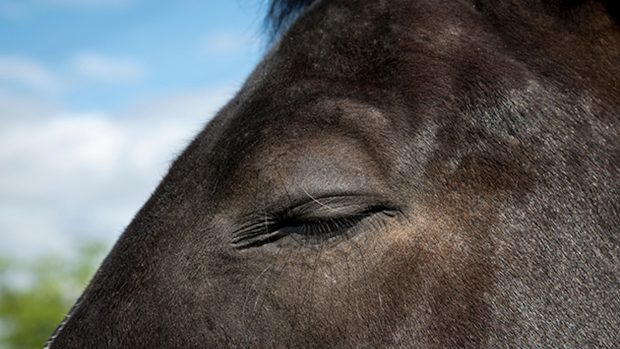There was a time when, if a horse couldn’t jump or wasn’t good at dressage, you broke him to harness and drove him as a last resort.
“It used to be that we were the poor relations of the equine world,” says driving expert Gary Docking. “But driving is now experiencing the type of revival dressage did in the 1980s. People are catching on to the fact that it is an exciting and enjoyable sport.”
What makes a driving horse?
“What you need for driving is a horse or pony that is sane and sensible,” says Gary. “Remember that there is no such thing as a little accident in driving, so a horse that is likely to shy or try and throw you into a car is not a suitable candidate.
“However, your driving goals will really determine whether your horse is up to the task. If all you want to do is take a Sunday drive down the road, an older, sturdy pony may be your best choice.”
Word of warning: Breaking a horse to harness is a skilled task. If you want to learn the sport, seek professional advice. You can frighten both yourself and your horse and put both of you off driving forever if you go about it the wrong way.
Long reining
To teach the horsesthe concept of driving, Gary uses long reining.
The reins, or you can use lunge lines, should be set down low and fit through the tugs (the loops which the shafts are put through) as this way you will have better control if your horse decides to turn around.
Will he pull?
A tyre is the safest way to introduce a horse to pulling because if he gets frightened and backs up, he’s only stepping on rubber. The noise the tyre makes is as frightening as the pulling task itself and both have to be accepted before you move on.
The tyre is attached to the end of the traces on both sides by two pieces of rope, set an equal distance apart.
You can never have enough helpers – one to drive the horse, two to manage the tyre if anything goes wrong and one to lead the horse. The driver should be the only one to give commands to the horse.
Between the shafts
Once a horse has successfully passed the tyre test, it’s time to try him between the shafts. “This is a big step, so don’t buckle him into the shafts until he is completely happy and relaxed,” says Gary. “It is at this stage that the horse is most likely to get worried.
“Firstly, bring the cart to the horse rather than backing the horse up. Let himget used to the feel of shafts, and when he is happy with them, you can fasten the harness.




